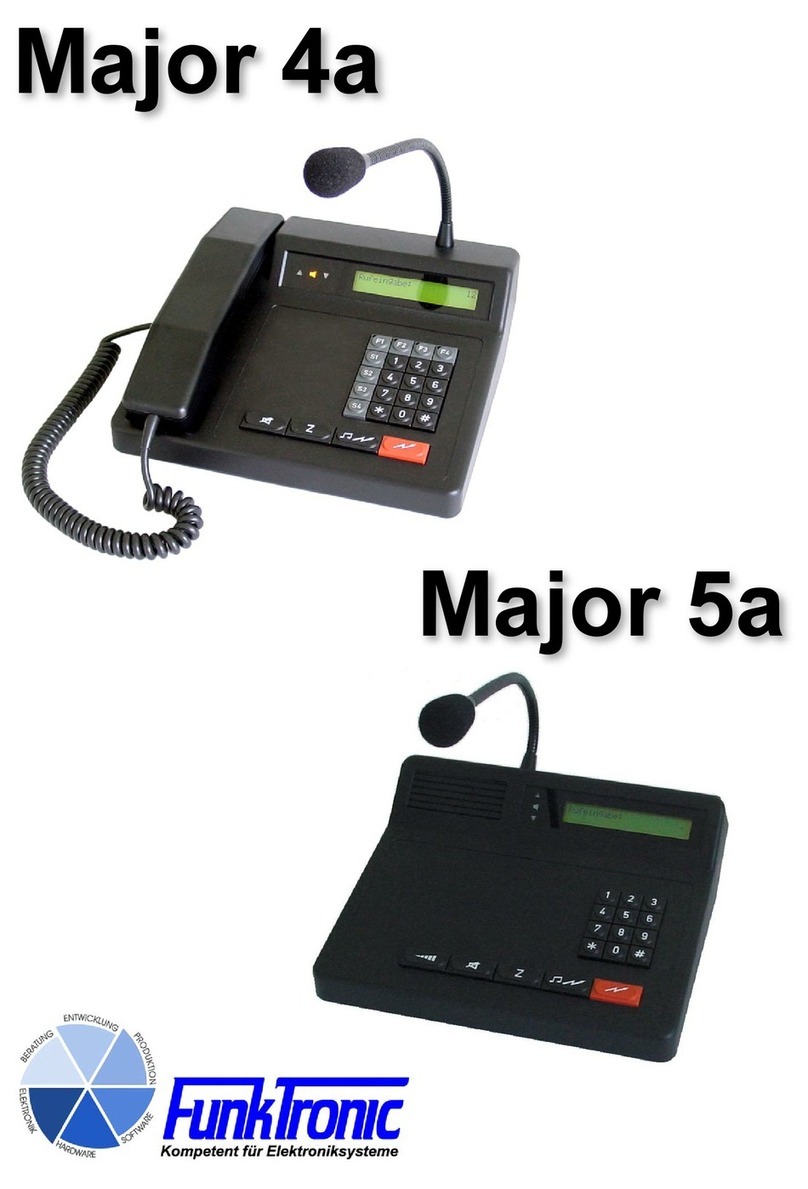mbos1a - ab3000-16_eng (10.09.2018)
- 7 -
Kompetent für Elektroniksysteme
Jumpers
Jumper Pos. Function
JMP1a 1-2 input impedance AF input 200 ohm, ST1 Pin1-2
JMP1a 2-3 input impedance AF input 600 ohm, ST1 Pin1-2
JMP1a offen input impedance AF input 8 kohm, ST1 Pin1-2
JMP1b 4-5 squelch input +5V-12V, ST1 Pin3
JMP1b 5-6 squelch input GND, ST1 Pin3
JMP1b offen squelch input N/A
JMP2a 1-2 PTT output to +12V, ST1 Pin6 (JMP2b >> 4-5)
JMP2a 2-3 PTT output to GND, ST1 Pin6 (JMP2b >> 5-6)
JMP2a offen PTT output N/A
JMP2b 4-5 PTT input (read back) active high, ST1 Pin6
JMP2b 5-6 PTT input (read back) active low, ST1 Pin6
JMP2b offen PTT input (read back) N/A
JMP3 1-2 headset detection off: always uses gooseneck microphone
JMP3 2-3 headset detection on: uses gooseneck or headset microphone
JMP3 2-5 headset detection off: always uses headset microphone
JMP4 LS muting is active, if at least one of the criteria mentioned below is true:
(jumper orientation as depicted in Board Layout on the following page)
as programmed ex factory
(Standard: Muting if PTT pressed or if handset is detached)
no Muting if PTT or
(loudspeaker always on) if handset detached
if (own) PTT if handset detached or
if no squelch
if no squelch if PTT or if no squelch
if handset detached if handset detached or
if PTT or if no squelch
Potentiometers
Poti Function/Level
P1 AF input sensitivity ST1, pin 1-2
P2 AF output total volume ST1, pin 7-8
P3 sensitivity gooseneck microphone
P4 sensitivity headset microphone
P5 volume poti front plate
P6 AF output level tape ST4, pin 3-4




























